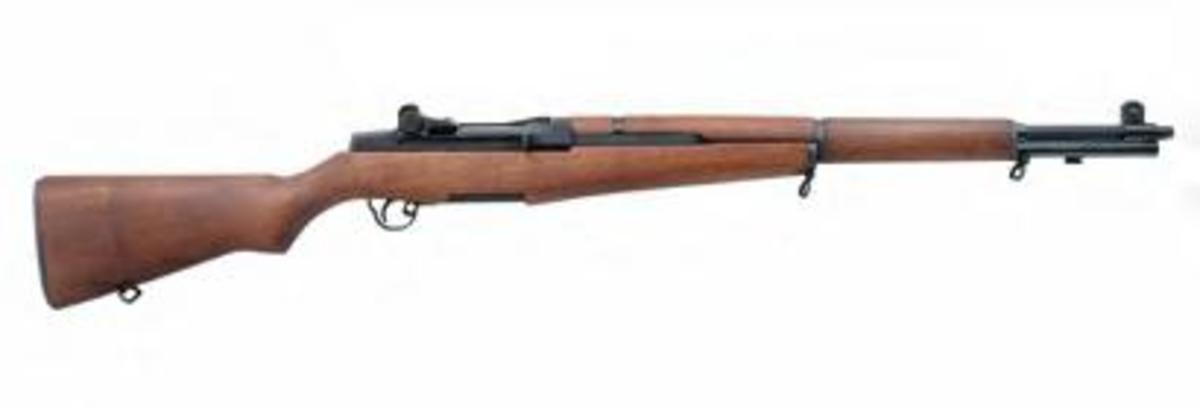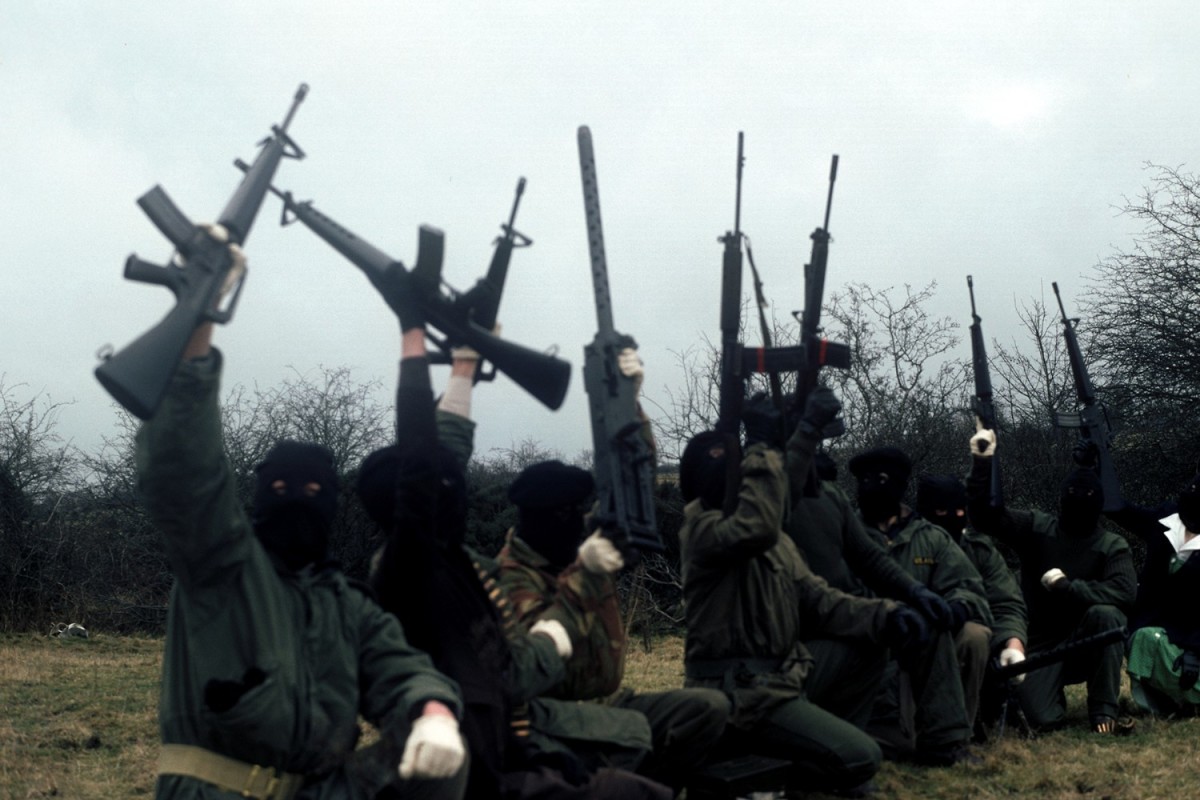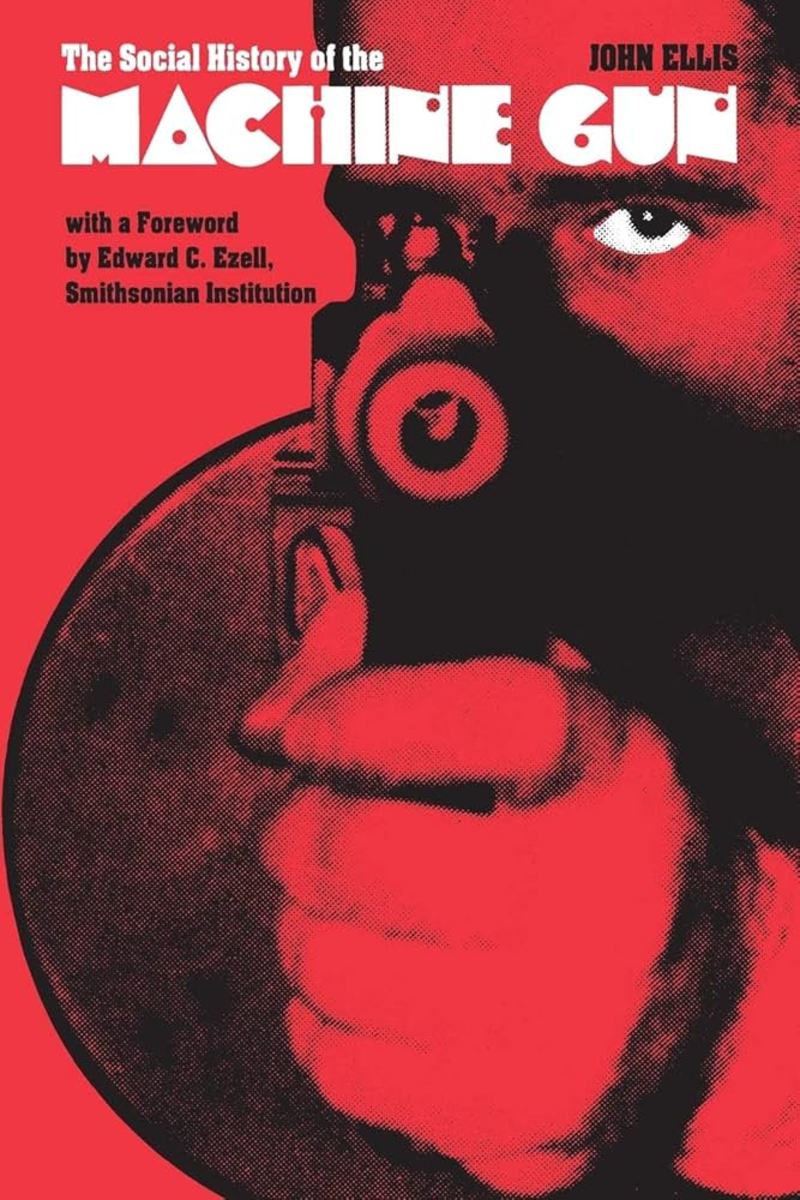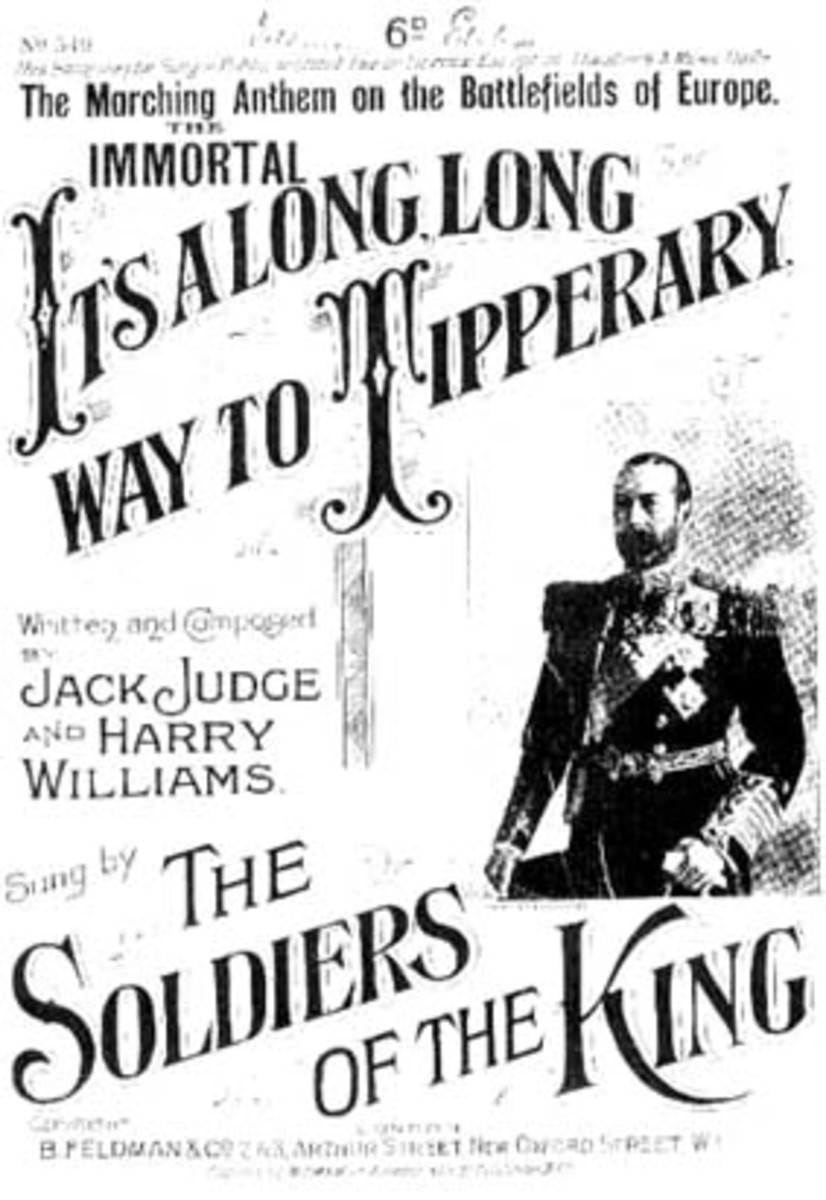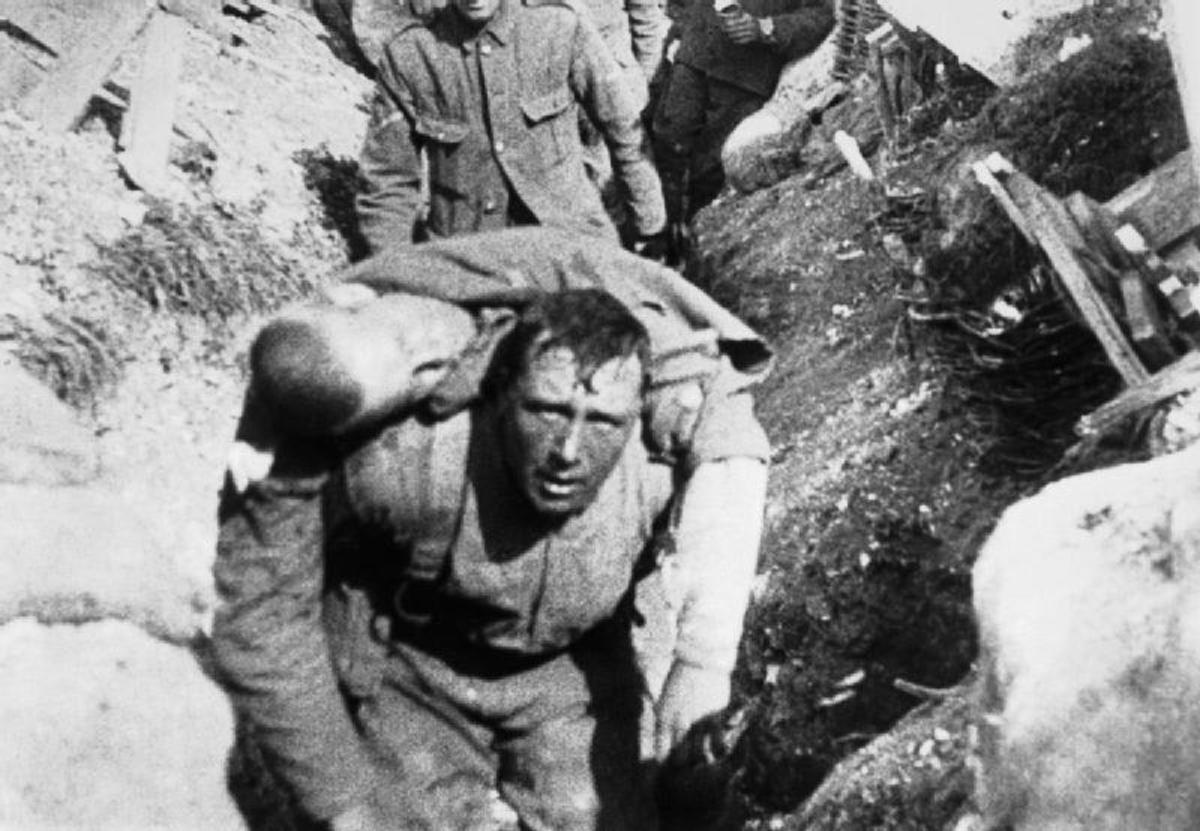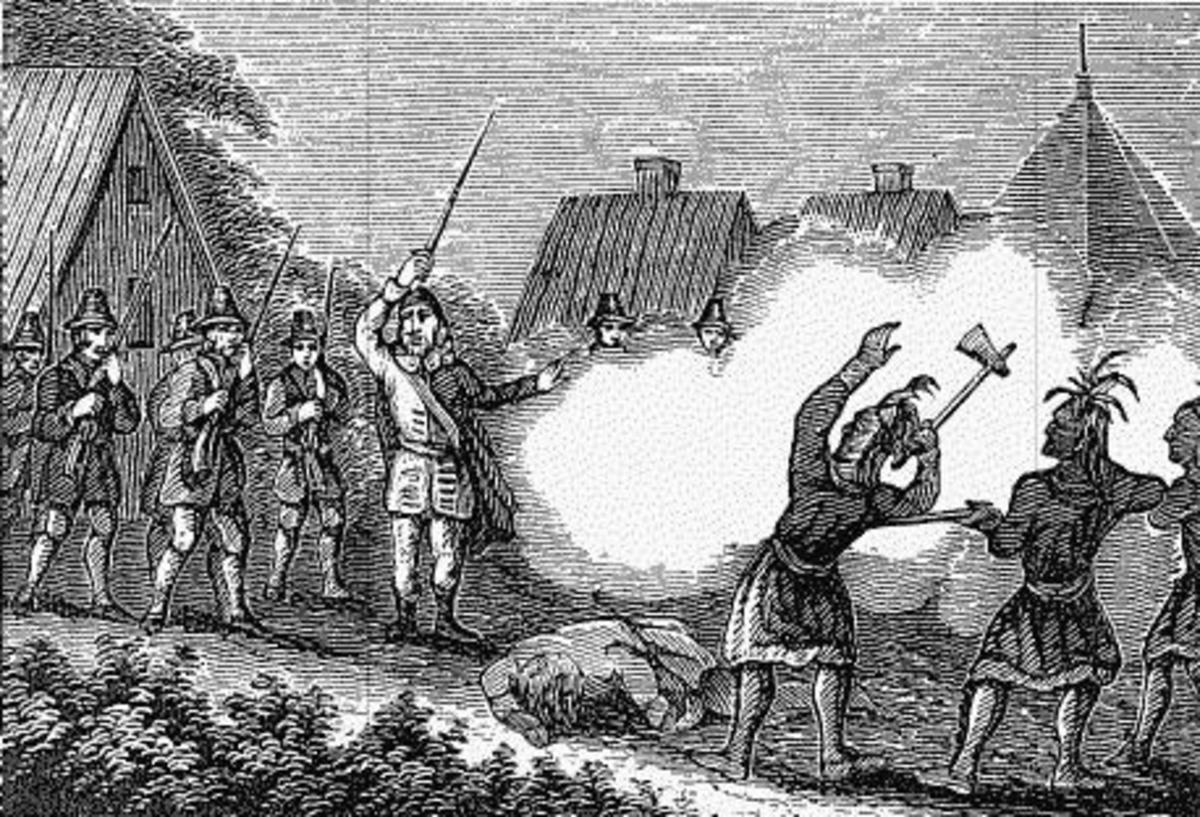- HubPages»
- Education and Science»
- History & Archaeology»
- History of the Modern Era»
- Twentieth Century History»
- World War I
World One War: 'Chauchat', France's Machine Gun Failure
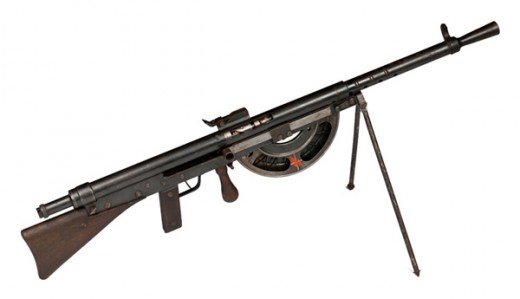
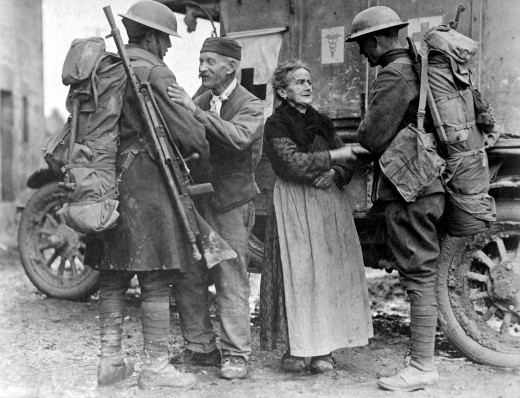
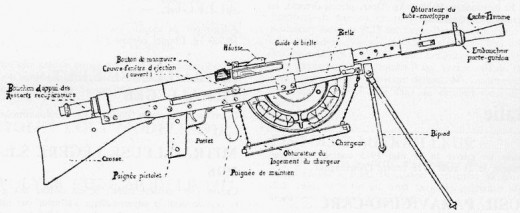
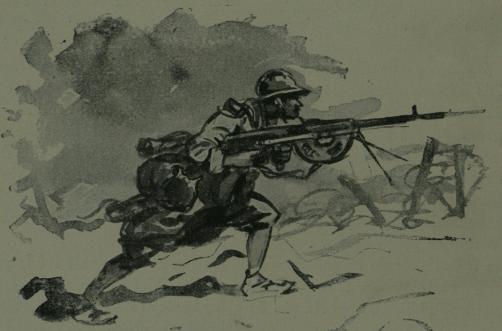
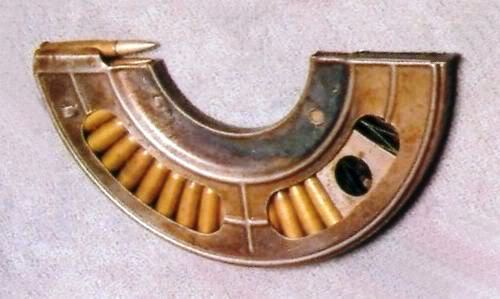
Credited with being one of the worst Machine Guns of the First World War, the Chauchat (pronounced ‘Show-Shah’) was a light Machine Gun used by the American and French Army during and after World War One.
The Machine Guns formal designation from the French Army was ‘Fusil-Mitrailleur MLE 1915 CSRG’. The weapon was also known as the FM Chauchat or ‘Gladiator’.
The Machine Gun was one of the first light machine guns designed to be carried and used by a single operator, without the need for a tripod or a gun crew. The Chauchat set the mark for subsequent light machine gun designs.
The gun comprised of a pistol grip, in-line stock, a large magazine and a selective fire control. In total between 1915 and 1922 over 200,000 were produced in a number of variants. The weapon weighed 20 lb., was 45 inches long and the barrel length was 18.5 inches.
The gun fired 8x50mm Lebel ammunition as well as other variants. The Magazine held 20 rounds. The gun had a long recoil which was gas assisted. The gun fired at a rate of 240 rounds per minute and had a muzzle velocity of 630 m/s. The guns maximum range was 2000 meters.
Although designed and built in France, a variant was designed to accommodate the U.S. .30-06 round, the variant became known as the CSRG M1918. This variant was specifically designed for the A.E.F. Despite America’s use of the weapon, the M1918 completely failed to be reliable. Conversely the Americans used the M1915 in place of the M1918.
The Chauchat’s performance drew mixed reviews…
Due to the stagnation of Trench Warfare by 1916, General Petain requested a survey to be put before all French units in regard to the operational quality and use of the Chauchat. The overall conclusion of the survey was that due to the open magazine of the weapon caused the weapon to be defective and caused high numbers of misfires. Loose earth, mud and water entered through the side opening of the magazine. The muddy conditions of the trenches were no place for a weapon of this kind. The long recoil of the weapon also caused problems. The guns produced by Gladiator also shot too low and to the right of the intended target. The issue of overheating was another factor which made the weapon ineffective. Due to continuous firing, the recoil barrel sleeve became that dilated that it refused to return forward until the gun had cooled.
Following the armistice in 1918, the French replaced the Chauchat with the Mle 1924 and later the 1924/29. The American forces in the later stages of World War One and after the armistice, replaced the weapon with the Browning Automatic Rifle or BAR.
Since the weapons introduction in 1908, its poor reputation and short service have led many military historians and experts to condemn the weapon as being the “the worst machine gun” ever used in warfare.
Although the weapon was vilified the French did successfully test various dirt-proof fully enclosed magazines in May and June 1918. Despite the new variants being stronger, the magazines were still open-sided. The initial two man machine gun team eventually grew to four by late 1917.
During the Germans spring offensive of 1918, the war progressed from the trenches into open land, which in turn made the Chauchat more reliable.
During the same period, French Infantry Regiments were re-organised into 18 man combat groups or ‘Demi-Sections de Combat’. These new units were made up of a full Chauchat squad, four rifle-grenade specialists and eight ordinary soldiers. The introduction of new tactics, deployment and numbers of units showed that they were a success, despite it being in late 1918.
Overall, although the re-development of tactics in using French Chauchat machine guns, so late in the war, the gun was still considered a failure by many allied forces. Further to this, despite the re-design of the weapon, the weapon failed to eliminate the problems caused due to its design i.e. the open magazine. Due to the weapons unreliability, the Americans introduced one of their greatest, most effective and longest serving weapons, the BAR, which saw service from 1918 until the 1960s.
If your interested in knowing and learning about more Machine Guns used in World War One, get YOUR FREE EDITION of Dugout WW1 at the links below

